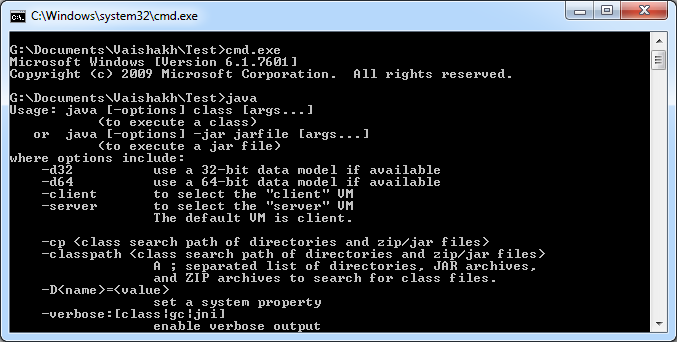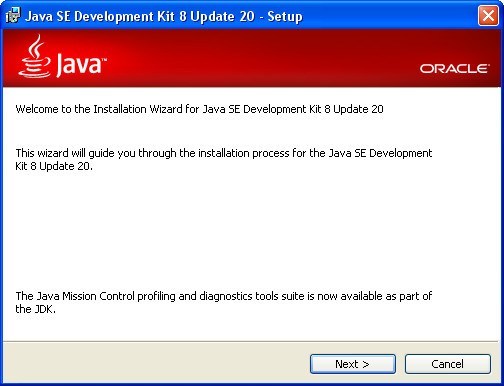

Update 202 (8u202) is the last free public update for Java SE Version 8.

Update 211 (8u211) is the first version 8 update to require subscription support. All other versions of Java SE – 6, 7, 9, 10, 11, and 12 – and any patches or updates that are released on or after April 15 will also require a support subscription. The new annual support subscription also includes the rights to use the Java SE enterprise deployment tools that were previously available under the Java SE Advanced product offerings as well as all of the other components that make up the platform, including the Java Development Kit (JDK) and Java Runtime Environment (JRE). What do these changes mean for current commercial users of Java SE? The Java SE Advanced perpetual license offerings are no longer sold or available from Oracle except by special approval. The most significant change is that the new support subscription is not free. For larger customers, the support will be costly, so the necessary budgetary planning and approval process should start as early as possible. An enterprise with 20,000 seats, for example, might have to pay several hundred thousand dollars per year to maintain support. In addition, organizations will have to accurately count and identify all of the Java SE instances present in their data centers and that are in use. That’s necessary to calculate the quantities of either physical desktop computers or the physical servers where the software resides. The Java SE Subscription will be licensed either by the physical number of desktops where Java SE is deployed or by the Oracle processor metric for physical servers where it is deployed.
#Java se development kit 15 install#
The JDK and JRE were free to download and install since the release of Java SE version 1.0 in 1996. All updates and patches were readily available through the website. This strategy led to widespread adoption and use of Java as an application development platform and made it one of the most popular programming languages in history. It’s been business as usual for Java SE users ever since, even after Oracle’s 2010 purchase of Sun Microsystems, which included the Java language and development platform.


 0 kommentar(er)
0 kommentar(er)
